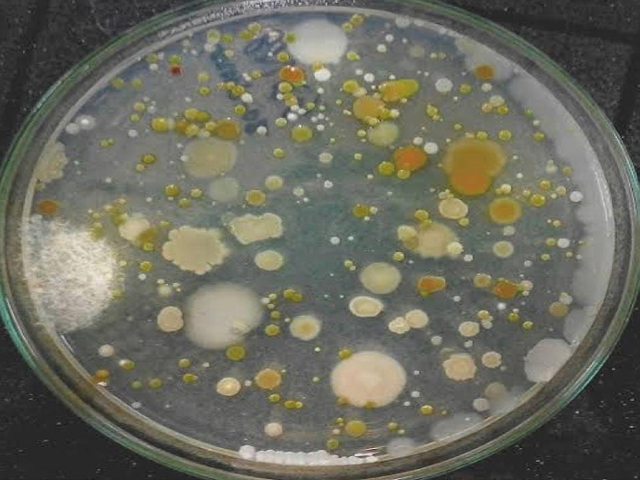Comparative Analytics of urine sample reported with Urinary tract infection
DOI:
https://doi.org/10.5530/ctbp.2021.3s.40Keywords:
Urine sample, Epithelial cells, Urinary Tract Infection, Commensal, Kirby Bauer methodAbstract
Urinary tract infection (UTI) has been reported most often in recent days. In a clinical aspect there are various reasons for this cause. Out of 100 samples tested (Clinical samples from Rashi Diagnostic Center- Bangalore NABL laboratory), under the analytical aspect several comparative analysis was done. Urine was tested within half an hour of the collection. Physical characteristics of Urine sample were studied initially. Laura M is the device used to analyses the Uro-dip. Sugar and the presence of albumin was also found. Sediment of the centrifuged sample was subjected to gram staining and direct microscopic analysis. Pus cells, epithelial cells, yeast cells and rod shaped bacteria. It was found that epithelial cells are visualized in female samples and very less or not visualized in male samples. Bilirubin content, Bile salt content and ketone bodies were analyzed and compared in each of the samples. Sample is then subjected to culturing were the T streak is done on the Mac Conkey agar and Blood agar. This will differentiate between the lactose and Non-Lactose fermenting bacteria. Each of the colony is subjected to Gram staining. Yeast cells are also reported often. Though the yeast cells are the commensals they are considered non- pathogenic. But it was found that the yeast with pseudo-hyphae are pathogenic in nature. Both Lactose and Non-Lactose fermenting bacterial colonies from Blood agar is subjected to various biochemical methods to identify the organism. The most commonly noticed non-lactose fermenting organism was Pseudomonas spp. And Lactose fermenting organisms were Escherichia coli, Enterobacteria spp and Klebsiella spp. Each Colony from the culture plate was picked and streaked on the MHA agar and Kirby Bauer method has been performed (Disc diffusion method) under the McFerland standard. Zone of inhibition of each organism towards the antibiotic in the disc was recorded.



